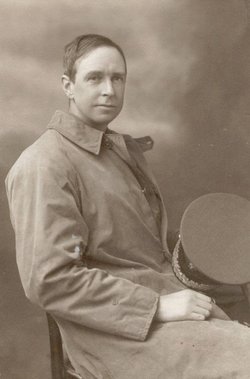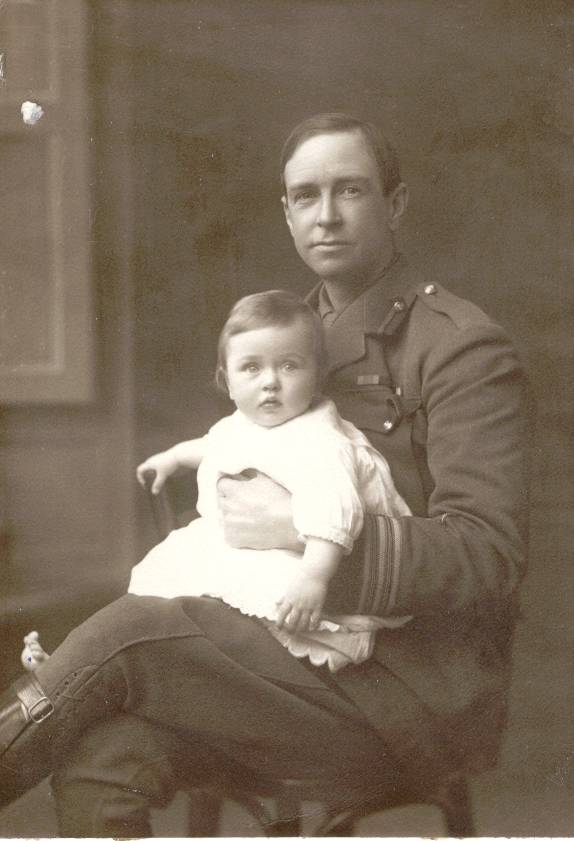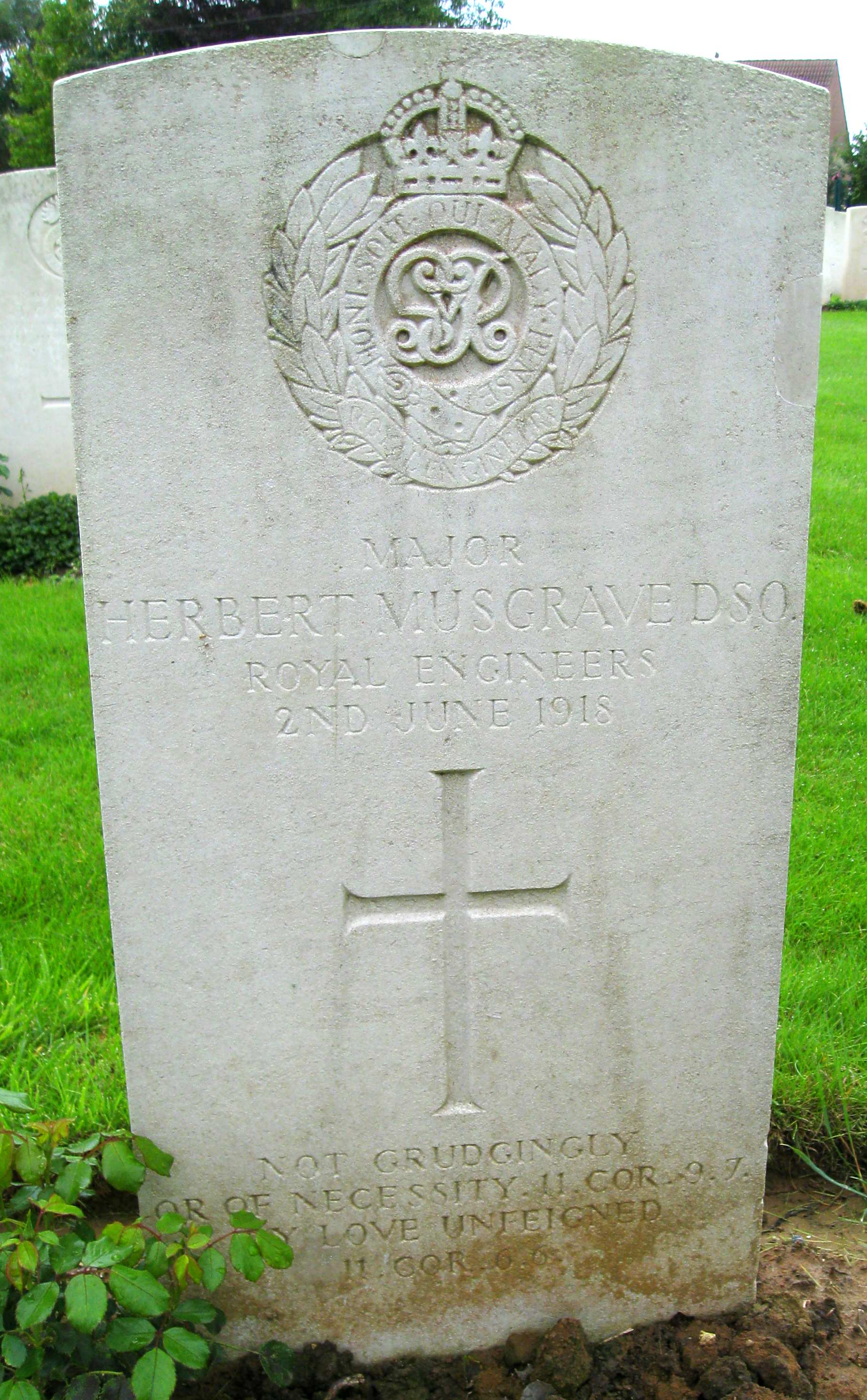In 1896, he applied and received a royal commission in the Royal Engineers. Three years later, Lt. Musgrave was sent to South Africa, where he remained throughout the Boer War. After the Boer War, he was placed in charge of the Royal Flying Corps' experiments, including research in ballooning, kiting, wireless telegraphy, photography, meteorology and bomb-dropping. His interest in this came from witnessing the first flight across the English Channel made by Louis Bleriot in July 1909 and he immediately saw the military significance of this event. In September 1914, he did the first experiments with dropping bombs from the air. By 9 January 1915, he commanded the 104th R.F.A. Battery and had the rank of major and in March 1915, he was on staff with the 1st Army in France, but was wounded on 10 August 1916 and had surgeries and recuperated for many months (partly from a letter written by himself and his mother to Clara Herbert). He recovered and returned to France in December 1917 and was on a patrol behind German lines when he was killed by a grenade on 2 June 1918. Major Musgrave, according to some sources, deserves more than a passing mention in any military history of the air.
OBITUARY: East Grinstead Observer, East Grinstead, England, issue of 15 June 1918.
Major Herbert Musgrave of Dunnings Road, youngest son of the late Sir Anthony Musgrave and Lady Musgrave at Hurst-an-Clays, has been killed in action in France on 3rd [error should be 2nd] June. Born in 1876, the major was educated at Harrow School and was given a royal commission in the Royal Engineers in 1896. He served in the Boer War from 1899-1902. From 1913 to 1914 in the Royal Flying Corps. During 1915 he served at the Headquarters of the 1st Army, from where he was transferred to France in December, 1918 [error should be 1917]. He leaves a widow and a young child and his beloved mother.
In 1896, he applied and received a royal commission in the Royal Engineers. Three years later, Lt. Musgrave was sent to South Africa, where he remained throughout the Boer War. After the Boer War, he was placed in charge of the Royal Flying Corps' experiments, including research in ballooning, kiting, wireless telegraphy, photography, meteorology and bomb-dropping. His interest in this came from witnessing the first flight across the English Channel made by Louis Bleriot in July 1909 and he immediately saw the military significance of this event. In September 1914, he did the first experiments with dropping bombs from the air. By 9 January 1915, he commanded the 104th R.F.A. Battery and had the rank of major and in March 1915, he was on staff with the 1st Army in France, but was wounded on 10 August 1916 and had surgeries and recuperated for many months (partly from a letter written by himself and his mother to Clara Herbert). He recovered and returned to France in December 1917 and was on a patrol behind German lines when he was killed by a grenade on 2 June 1918. Major Musgrave, according to some sources, deserves more than a passing mention in any military history of the air.
OBITUARY: East Grinstead Observer, East Grinstead, England, issue of 15 June 1918.
Major Herbert Musgrave of Dunnings Road, youngest son of the late Sir Anthony Musgrave and Lady Musgrave at Hurst-an-Clays, has been killed in action in France on 3rd [error should be 2nd] June. Born in 1876, the major was educated at Harrow School and was given a royal commission in the Royal Engineers in 1896. He served in the Boer War from 1899-1902. From 1913 to 1914 in the Royal Flying Corps. During 1915 he served at the Headquarters of the 1st Army, from where he was transferred to France in December, 1918 [error should be 1917]. He leaves a widow and a young child and his beloved mother.
Inscription
Major
Herbert Musgrave D.S.O.
Royal Engineers
2nd June 1918
He also is listed on a tablet at Saint Swithun's Church, East Grinstead, England reads:
To the glory of God and in ever grateful memory of the men
of East Grinstead who gave their lives in the Great War 1914-1919.
Third panel lists "Herbert Musgrave"
Gravesite Details
Major, Staff, II Corps H.Q., Royal Engineers. Awarded the Distinguished Service Order.
Family Members
Sponsored by Ancestry
Advertisement
Explore more
Sponsored by Ancestry
Advertisement












